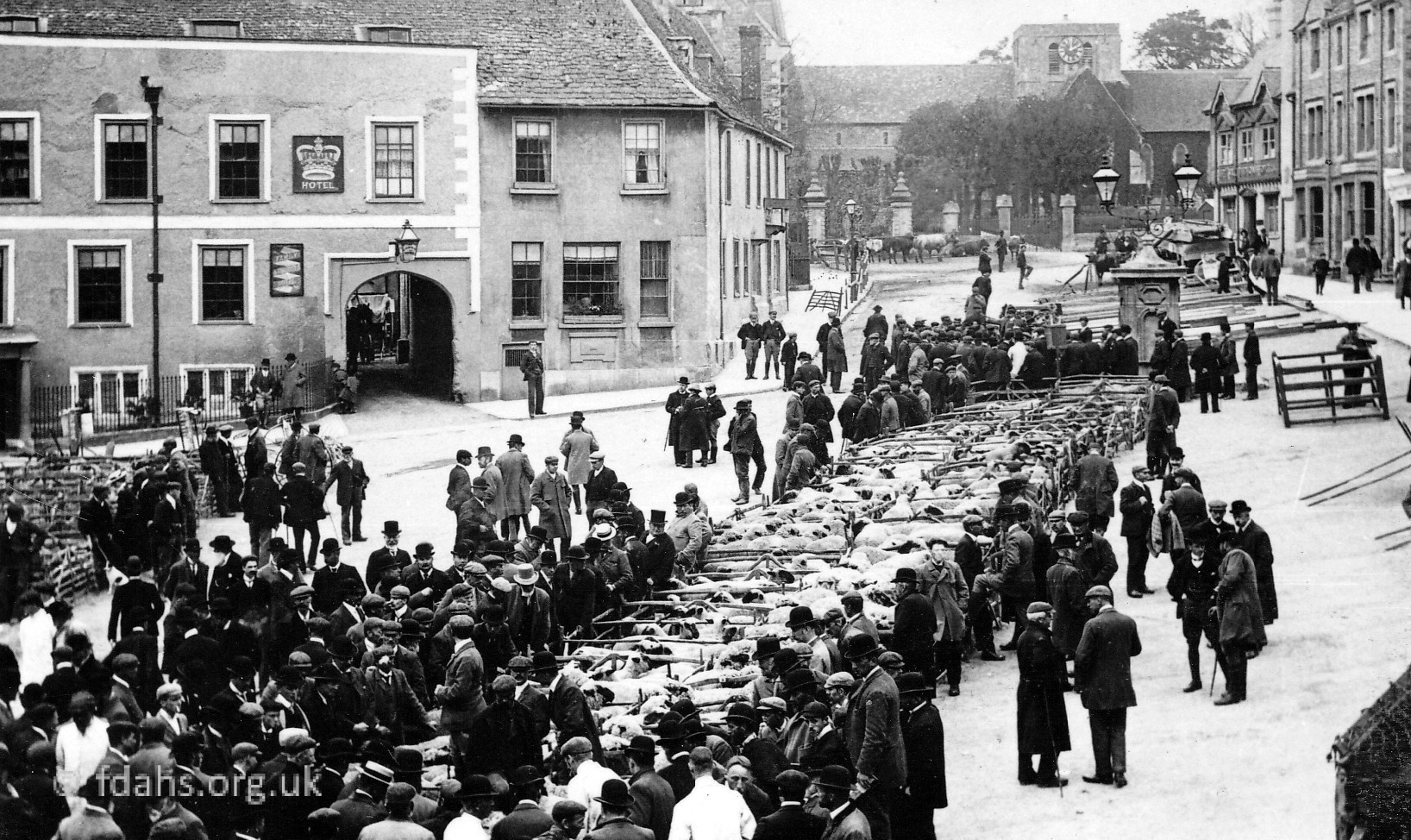6 Steps to Finding Out Your Home’s History Online. You can trace the architectural history of your house through old maps, photographs and written records, and many of these useful resources are online.
1. Find out where your house is
It is important to know which electoral ward, parish, and county your house is in in order to track down records in county record offices. Faringdon, although now in Oxfordshire, was actually part of the county of Berkshire until 1974. This means that any records up to that point would be kept at Berkshire Record Office. Also be aware that street names and house numbering may have changed as the town develops over the years.
2. Spot your house on an Ordnance Survey Map
Take a look at old maps of the town. You can find old maps online and the National Library of Scotland’s website also has digitised Ordnance Survey maps of England.
3. Find your Title Deeds and Conveyances
The title deeds to the house should include names of vendors and sellers, a description of the property, and amounts of money used in transfer of ownership. They can also be used to trace the owners of the land on which a house was built. Title deeds may be held by the solicitor, bank or building society involved in the sale of your house. A copy may have been included with the solicitor’s paperwork when you purchase a property. You may also be able to find information for many properties for a fee from the Land Registry.
4. Identify the date period of your house
There are many resources online to help identify the date period of a house. Here are just some examples:
House Beautiful – Homes through the ages: Tudor, Georgian, Victorian, Edwardian
Homes and Antiques – British house styles across the ages
Foxtons – How to tell if your property is Georgian, Victorian or Edwardian
University of West England – Domestic Architecture 1700 to 1960
In 1919 a Housing Act was passed in Parliament, aimed at providing government subsidies to local authorities for constructing more working class housing. During the 1920s there was a housing boom, and many new homes were built to cater for the changing demands of families. Semi-detached houses became popular, many of which had similar internal layouts.
5. Use online archives to find out more about the families who lived in your house
Find out a bit more about the people who owned the house, and to find out how the town of Faringdon had changed since the house was built.
The Census, usually conducted every ten years, is a great source for finding out about who lived in your house in the past. It is however closed for 100 years after it is compiled, meaning that currently the latest Census that can be used is the 1911 one (although the release of the 1921 Census is imminent). Although a Census was conducted in 1931, the records were destroyed in a fire, and the 1941 Census was not taken because of the Second World War.
However, there is a 1939 Register. This was a National Register of all civilians in Great Britain and Northern Ireland, compiled to aid in co-ordinating the war effort at home. The Register contains details of the names, dates of births, and occupants of each house. It can be searched online through Ancestry or Find My Past.
6. Search Historic England’s photo archive for a peek into your town’s past
Many of the town’s historic buildings still survive, you could use this website or Historic England’s archive photographs to find some images of the town.
References:
Adapted from a Historic England Blog written by Kate Bevan, Cataloging Team Leader for Historic England.
Further Reading:
Lots more information and resources on the Historical England website:
What could you find out about your house?
How to use your research
Further resources to research your home
